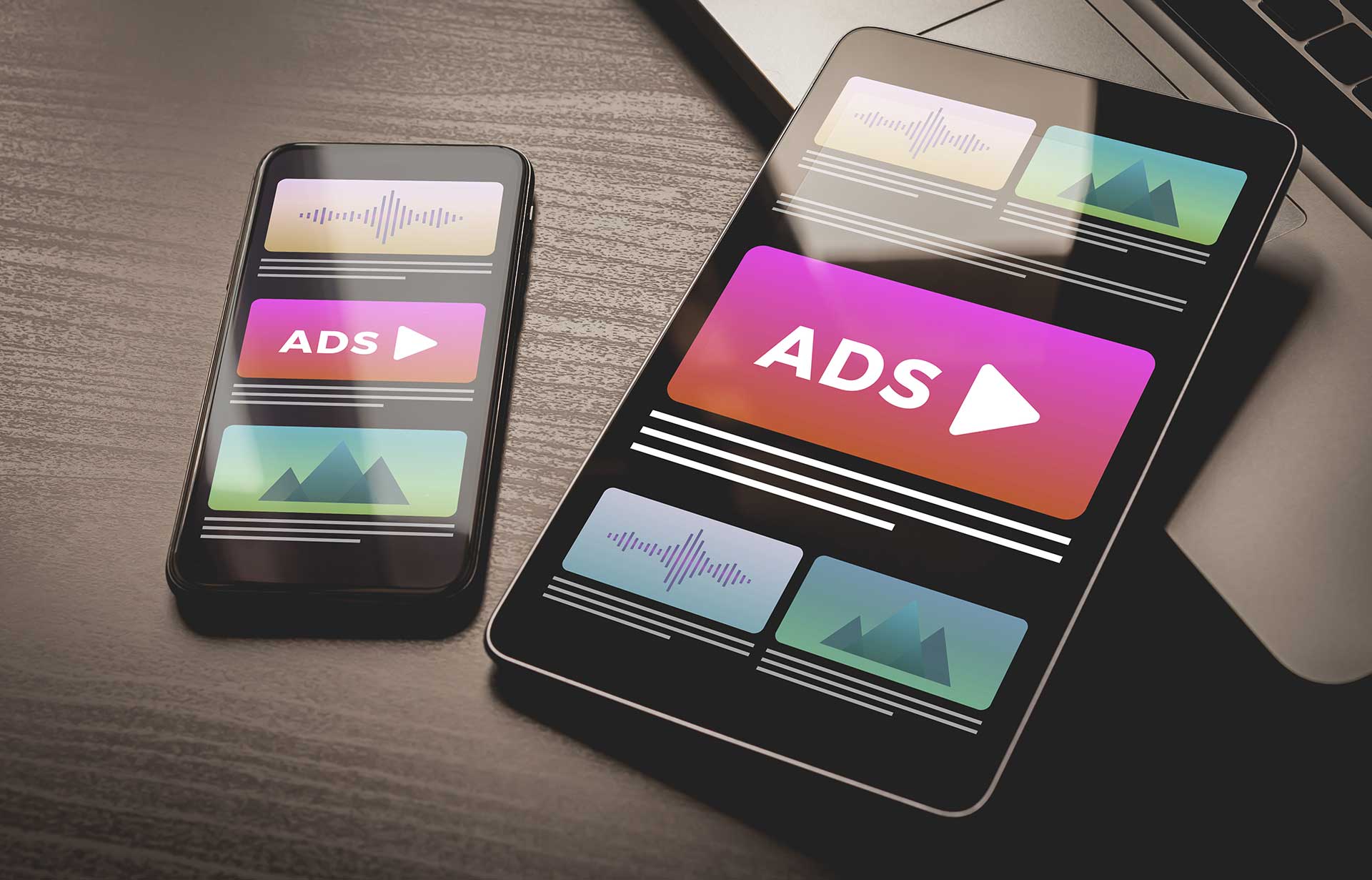Paid ads can be a great way to boost sales. Unfortunately, they can also obliterate your marketing budget before you get the results you need. Follow these 6 essential steps to write great ads for your small business that bring in new customers and more sales.
Step 1: Do Your Research
The first step to writing great ads is to pinpoint exactly what your prospective customers are looking for and how your product or service helps solve the problem they are facing.
While you are doing your research, pay attention to the words people use to describe their problem and the solution they are seeking. You should use those same words in your marketing campaigns. When your language mirrors theirs, your marketing materials will resonate on a deeper level.
People don’t buy the best product or service. They buy the one they understand the fastest. If you are using their language they don’t have to waste time or energy trying to figure out what you want to say.
To get the information you need to write irresistible ads:
- Read customer reviews and comments (on your own products and related products or services).
- Listen to what your current clients are asking for.
- Make note of applicable questions and comments you see on social media.
- Review other ads in your industry.*
- Look at common Google searches and frequently asked questions.
*The Facebook Ad Library and Google Ads Transparency Center both provide data on competitors’ ads that you can use as a starting point for your own ads. Use these tools to learn from other businesses’ successes and mistakes (not to copy their work!).
Step 2: Set an End Goal
Now that you know exactly what your ideal client wants, you are almost ready to start writing. There is just one more essential prewriting step → You need to define exactly what you want to achieve with your ad campaign. Your goal should be specific, actionable and measurable.
Running an ad to “increase brand awareness”, for example, is not a useful goal. That is impossible to measure or track, meaning you have no way to know if your ad is working. People simply viewing your ad does not move your business forward in any tangible way. Your goal has to be tied to a specific action you want potential customers to take.
Running an ad to sell 350 units of your new product, on the other hand, is a great goal. It is specific and measurable. If sales are going up, you know it is working. If sales are stagnant, you know your ad still needs work.
Step 3: Make the Customer the Hero of Your Sales Pitch
Now it is finally time to put pen to paper…or should we say fingers to keyboard?
Before you go crazy listing all the fancy features of your product or service, I am going to let you in on a little secret- potential customers don’t care.
People are not all that interested in your product’s features. They just want to know what those features can do for them.
Your customers, and their success, need to be the focus of your ad.
When you focus your ads on your customer, you’re showing them how your product or service can solve their problems and improve their life.
This customer-centric approach creates an emotional connection that resonates far deeper than a list of product attributes. It shifts the conversation from what your product is to how it can make their lives better. Instead of showing off how great your product is, you are demonstrating empathy and a deep understanding of their needs.
Making the customer the hero, or focus, of your ad draws potential customers into a story- their own story of success- and tells them what they really want to know.
If you aren’t sure how to write a customer-centric ad, the Online Sales Pitch tool will lead you through a series of thought-provoking questions that unearth the most important details of your offering. After you answer the questions, the tool will weave your responses together into a “million-dollar sales pitch” that you can modify for various online advertising platforms, local listings, direct mail campaigns, and any other marketing materials you need.
Step 4: Lead With a Compelling Headline
As the saying goes, you only get one chance to make a first impression. Your headline is your ad’s first impression and the stakes are pretty high.
Most advertising platforms only show a certain number of characters before they cut off the rest of your carefully crafted ad copy, replacing it with a less than compelling “learn more” hyperlink.
That means your headline and the first few lines of your ad need to summarize the bulk of your sales pitch. They also need to be so alluring that readers can’t help but click that hyperlink to read the rest of your ad.
To craft a great headline:
- Keep it short, sweet, and to the point.
- Use powerful words that evoke emotion or curiosity.
- Highlight the key benefits of your product or service.
- Communicate urgency.
Step 5: Close with a Strong Call to Action
No matter how great your headline and ad copy are, if you don’t tell people exactly what to do after viewing your ad, they won’t do anything at all.
This is called your call to action (CTA). Your CTA should be mentioned strategically throughout your ad copy and then placed at the end as a button or bolded phrase that stands out from the rest of the content.
Humans are wired to procrastinate, so use clear language that fosters a sense of urgency. Try phrases like:
- Shop Now, While Supplies Last!
- Sign Up Today to Redeem Your Limited Time Offer
- Reserve Your Spot- Spaces Are Limited!
At the same time, you don’t want to fabricate your urgency. If you publish an ad that says to redeem your limited-time offer and then run it for five years, your urgency will have the opposite effect.
Instead of compelling people to act it will erode trust and scare potential clients away. Always be honest and transparent in your marketing. Click-bait tactics never pay off in the long run.
Step 6: Test and Make Changes
Now that you’ve got your ad written, it is time to put it to the test. Don’t view it as a final product but more like your first draft. Even the best copywriters evaluate the effectiveness of their ads and make changes as they go.
When it comes to ads, A/B testing is your best friend. Experiment with different headlines, images, CTA buttons, and ad placements to see what gets the best results.
To start off, dedicate a small percentage of your total ad spend to promoting each variation of your ad. If one of them starts performing insanely well, congratulations! You’ve hit the lottery and mastered ads on your first try.
If that doesn’t happen, keep making small tweaks until you’ve got a clear winner. Your goal is for the ad to pay for itself by bringing in just as much in sales as you are spending on the ad.
If you are running local ads, you can still test your ad content before going all in. Try running a few different newspaper ads over the course of a few weeks. Or send out several slightly different direct mail campaigns to see which ones get the highest conversions.
Regardless of what method you use, the key is to start small. You don’t want to blow your whole budget on an ad that falls flat. Test, tweak, and test some more until you’ve got a proven ad that consistently gives you a good ROI.
Your Guide to High-Converting Ads for Your Small Business
Writing great ads takes time, effort, and a bit of experimentation. If you want to enjoy the benefits of high-converting ads without the headache of figuring them out, schedule a call with Guide MKTG today. We’re experts in writing ads that get results.





